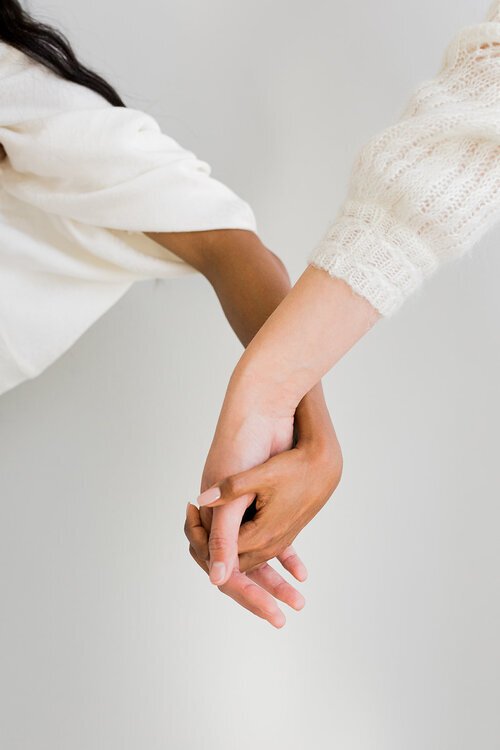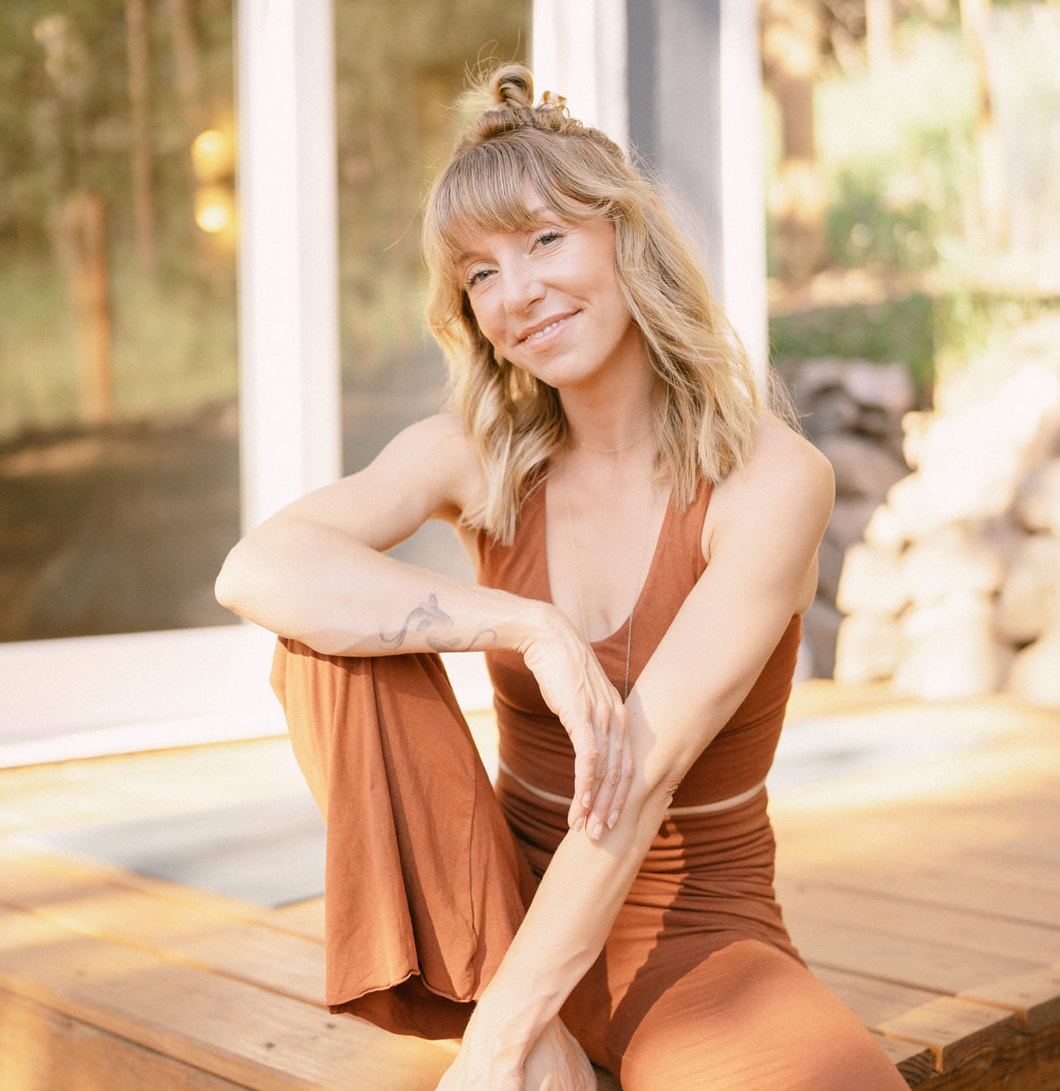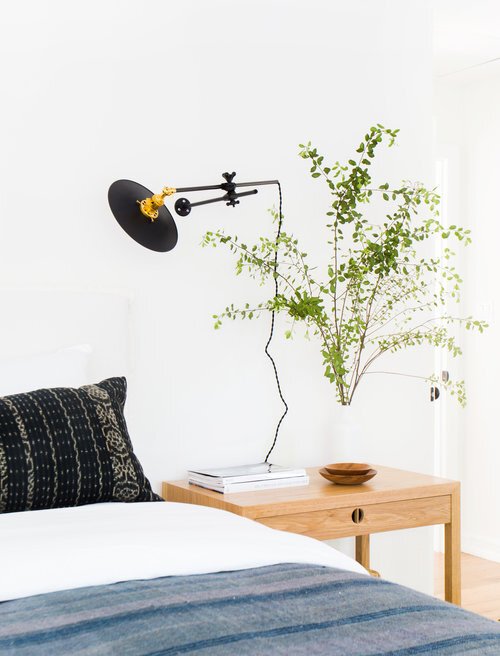
5 Soothing Practices For Coping With Touch Deprivation
As humans, we crave connection and interaction. And sometimes during certain seasons of our lives, many of us will experience a level of touch deprivation, also known as skin hunger.
“Humans are born with an innate need for physical touch.”
Humans are born with an innate need for physical touch; the minute we come out of the womb, we are laid on our parent for skin-to-skin contact. Science shows this is one of the most essential early experiences we have after taking our first breath.
When we are touched, we release oxytocin, a hormone responsible for regulating positive moods and making us feel happy. It’s considered one of the most important neurotransmitter systems in the brain, as it regulates psychiatric responses to hormonal changes, such as postpartum depression. According to Dr. Wind, “[Physical touch] makes us feel good and makes us close to the people we love. It signals safety, trust, and a sense of belonging.”
“There are ways we can cope with touch deprivation, even if the touch isn’t coming from another person.”
Many of us experienced missing physical touch during pandemic lockdowns, enduring through to today. Considering the science, it’s no wonder. Isolation can contribute to a number of negative mental and physical states that will trigger their own responses in our bodies: Depression, for example, can increase stress levels, which can affect the immune system. Experiencing touch starvation can lead to trouble sleeping, added stress, or heightened anxiety.
The good news is, there are ways we can cope with touch deprivation, even if the touch isn’t coming from another person. While not a permanent solution, these practices can comfort and soothe our bodies.
1. Try ASMR
Some people experience Autonomous Sensory Meridian Response (ASMR) when listening to certain sounds, such as whispering or brushing hair. These unique sounds stimulate the part of the brain associated with touch and connection. People who experience ASMR report feeling calm in both the mind and body, or even getting a “tingly” feeling in their skin. ASMR is also a resourceful tool to help manage stress and for those who struggle with sleep. Find thousands of ASMR videos on YouTube to see what triggers might be the most soothing for you. A tip: search for the trigger “personal attention” for videos with care roleplays (like doing your skincare or a giving you a scalp massage). These are often accompanied with lots of kind verbal affirmations, designed to feel like you’re spending one-on-one time with a doting friend.
2. Give Yourself A Massage
When feeling lonely or craving touch, giving yourself a massage can be a helpful practice. For self-massage, try brushing your entire body in the bath, rubbing oil on your body after bathing, or wrapping your arms around yourself for a hug. You can also try scalp and hair stimulation to release tension, promote circulation, and experience a different texture.
3. Sleep With A Body Pillow
A body pillow mimics what it feels like to hug or cuddle with another person. Sleeping with one often reduces stress and aids the body in releasing oxytocin. Plus, it creates a more comfortable sleep by supporting the back and shoulders, in addition to sleeping on the right mattress. We love this organic latex one.
4. Dance To Release “Happy Chemicals”
Dancing releases a lovely combination of chemicals in the brain that promotes happiness. Studies have found that both oxytocin and dopamine, along with a few other “happy chemicals,” are released when dancing. Turn your favorite song up and dance around the house—you’ll soon feel reconnected with the physical senses of your body.
5. Apply Body Pressure
Deep pressure stimulation relaxes the nervous system, and weighted blankets can help calm anxiety. Use one to help deepen sleep and give your body a sense of safety. If you don’t have a weighted blanket, you can also try compression clothing or even apply a heavy bag of flour or rice to your chest.
When you feel touch deprived, consider incorporating these practices into your daily rituals as sources of nourishment and happiness. Remember that relief may not be immediate, and it may be worth trying more than one practice to find what works best for you.
Courtney Jay is a writer at The Good Trade. She is also a yoga instructor, health enthusiast, and sustainable fashion advocate. You can find more of her writing and take one of her online yoga classes on her website Coincide.




